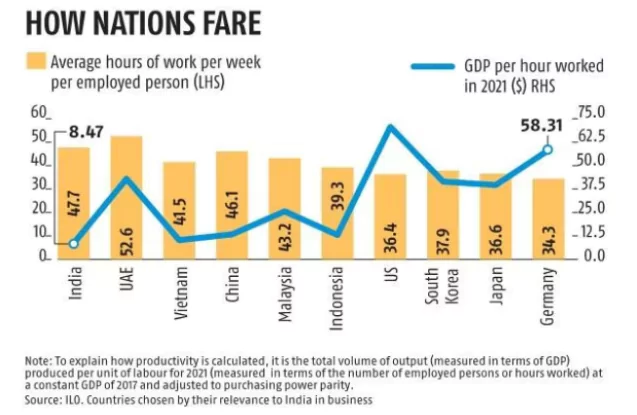
Source: Business Standard
Sashastra Seema Bal (SSB):
|
|---|
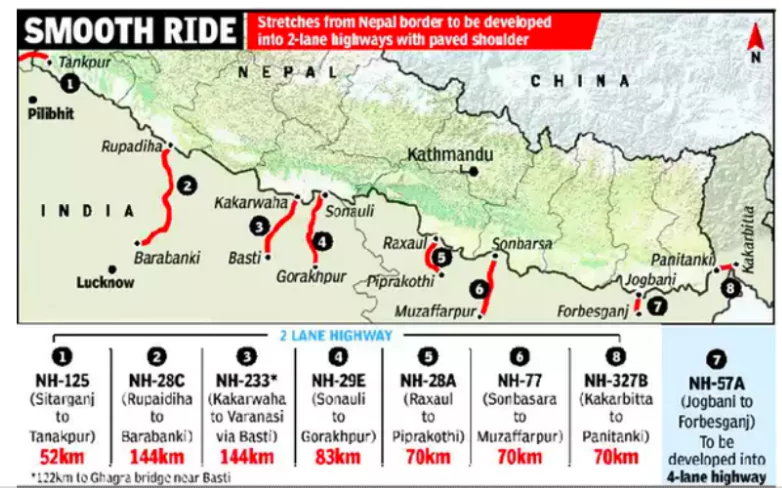
News Source: The Hindu
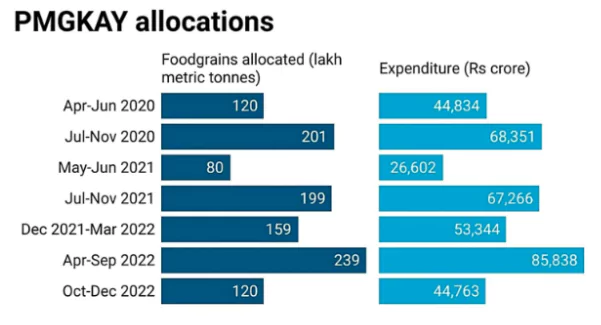

News Source: BS
News Source: Indian Express
Neglected tropical diseases (NTDs)
|
|---|
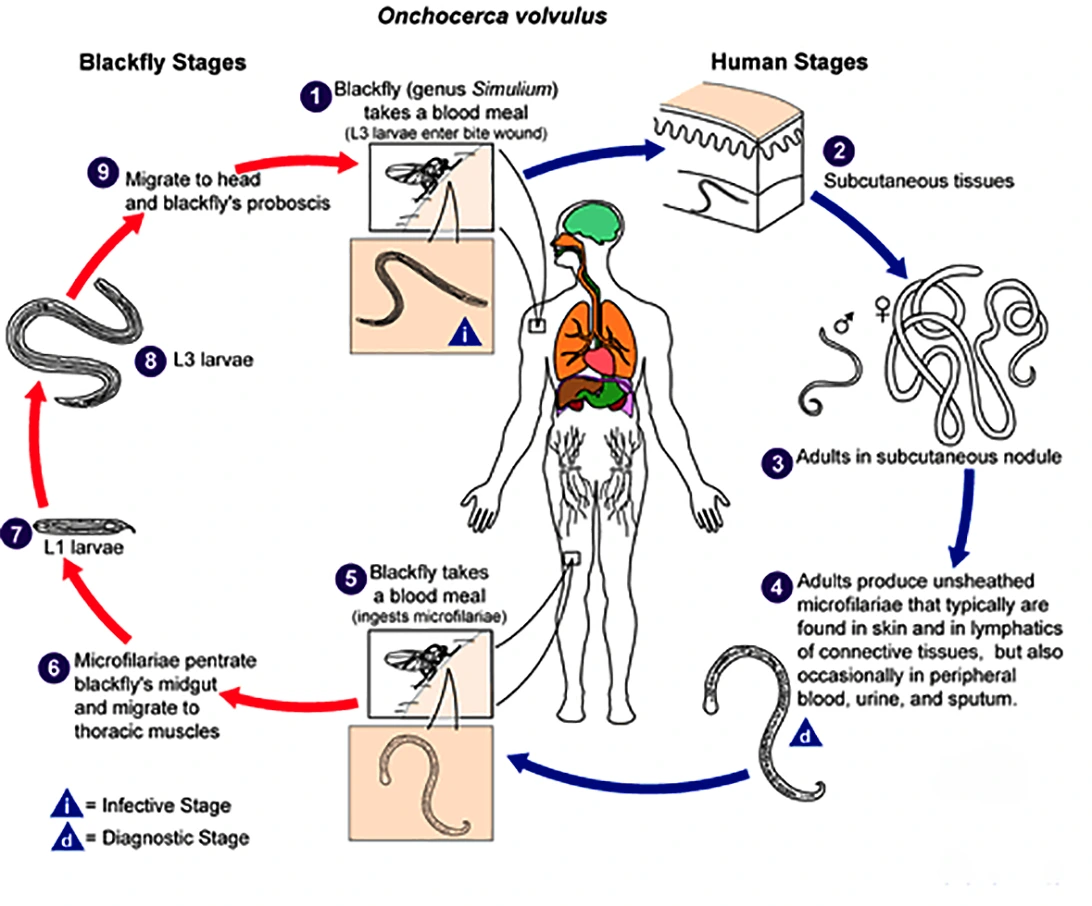
News Source: WHO
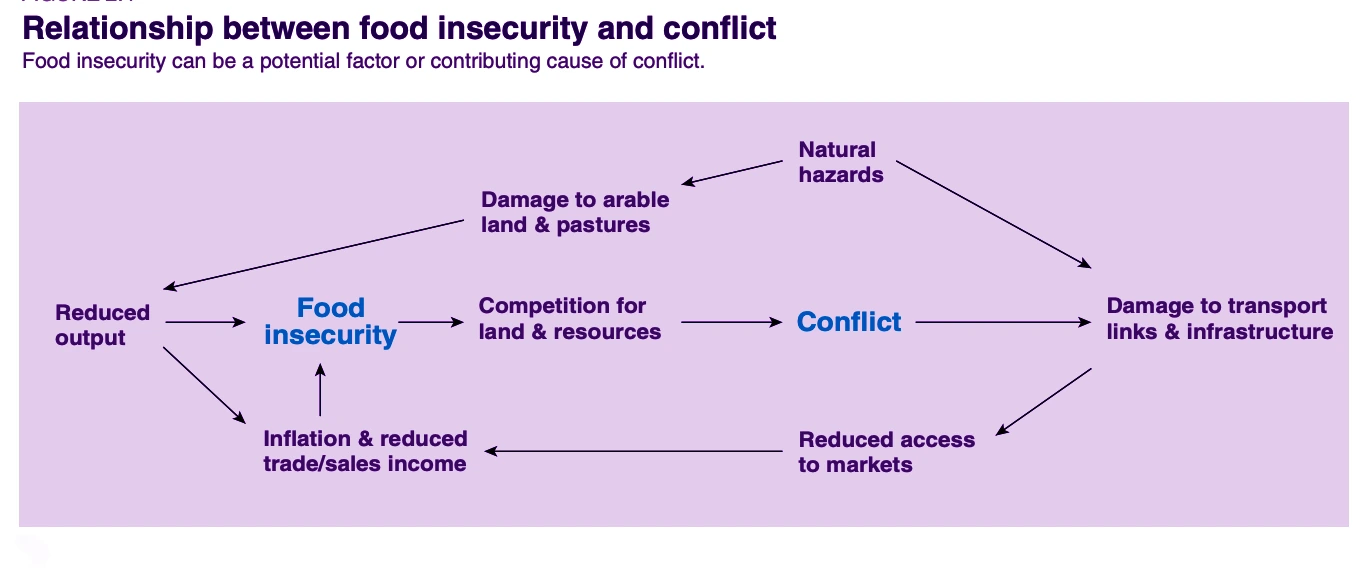
News Source: DTE
A National Security Strategy lays down the security objectives of a country, defines its internal and external challenges, and provides guidance on how to achieve its national objectives.
What is National Security?
Global Precedents of National Security Strategy:
|
|---|
|
|---|
Also Read: Chanakya Defence Dialogue 2023
Also Read: India Army adoption of AI in defence for Comprehensive Surveillance and Strategic Security
The formulation of India’s National Security Strategy is a crucial step towards addressing a spectrum of challenges, both traditional and non-traditional, providing a comprehensive framework to guide military, diplomatic, and security initiatives for the nation’s holistic defense and well-being.
About World Food India 2023
|
|---|
Government Initiatives to Promote the Food Industry in India
|
|---|
Also Read: State Food Safety Index (SFSI) 2023
World Food India 2023 reflects India’s commitment to showcasing its rich food culture, fostering global investments, and addressing challenges in the food industry, emphasizing the importance of sustainable practices and technological advancements for future growth.
| Prelims Question (2014)
In the context of food and nutritional security of India, enhancing the ‘Seed Replacement Rates’ of various crops helps in achieving the food production targets of the future. But what is/are the constraint/constraints in its wider/greater implementation ? 1. There is no National Seeds Policy in place. 2. There is no participation of private sector seed companies in the supply of quality seeds of vegetables and planting materials of horticultural crops. 3. There is a demand-supply gap regarding quality seeds in case of low value and high volume crops. Select the correct answer using the code given below. (a) 1 and 2 (b) 3 only (c) 2 and 3 (d) None Ans: (b) |
|---|
SC Verdict on Newsclick Shows Adherence to Due Pro...
Stay Invested: On Chabahar and India-Iran Relation...
Credit Rating Agencies, Impact on India’s De...
Catapulting Indian Biopharma Industry
Globalisation Under Threat, US Import Tariffs Have...
Global Report on Hypertension, Global Insights and...
<div class="new-fform">
</div>
